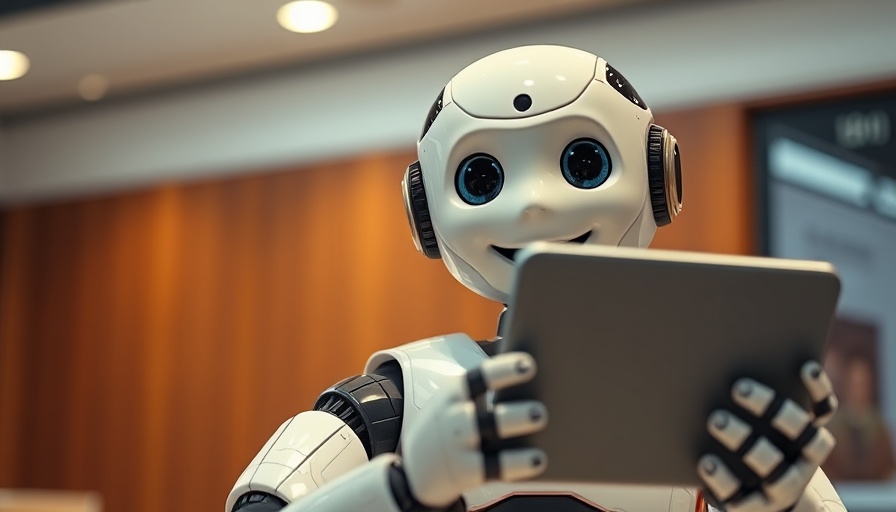
Apple Introduces ILuvUI: AI That Understands App Interfaces
A new frontier in technology has emerged as researchers from Apple, in collaboration with Aalto University in Finland, reveal a groundbreaking AI model named ILuvUI. This innovative model is designed to reason about mobile app interfaces using both visual and textual data, opening exciting avenues for app usability and accessibility.
Understanding the ILuvUI Model
At the heart of ILuvUI's design is a vision-language model, which leverages the power of artificial intelligence to interpret and interact with mobile app user interfaces (UIs). It excels in areas where existing vision-language models falter, particularly in understanding structured environments like app interfaces, which require a more nuanced approach than analyzing natural images such as animals or landscapes.
Traditionally, most AI models trained on images utilized natural scenes, limiting their effectiveness in interpreting UIs, which are rich with unique symbols and functions. ILuvUI addresses this issue by employing a robust training methodology that fuses visual elements from UI screenshots with natural language prompts. It draws on a dataset enriched with Q&A-style interactions and multi-step plans, effectively learning how to engage with these digital environments.
The Benefits of Contextual Understanding
One standout feature of ILuvUI is its ability not to require a specified region of interest within the interface. In other words, users can simply provide a UI image along with a text prompt, and ILuvUI will deliver relevant responses based on the entire screen context. This contextual comprehension is essential for providing a deeper understanding of an app's functionalities, making it a valuable tool for both individual users and businesses alike.
Accessible Technology for Families
For parents of school-aged children, the implications of such technology are significant. ILuvUI could greatly enhance how children interact with educational apps, making learning more intuitive and engaging. For instance, the model’s ability to break down app interactions into understandable segments can facilitate smoother navigation, particularly for younger users who may struggle with complex interfaces.
Moreover, the enhancements in accessibility can allow children with learning disabilities or those requiring special education resources to interact with digital content in a way that is tailored to their learning styles. As the educational landscape increasingly shifts towards digital learning platforms, tools like ILuvUI become pivotal in ensuring equitable access to knowledge and resources.
Automated UI Testing - A New Era
Beyond individual use, ILuvUI has practical applications in automated UI testing. Developers can utilize this AI model to streamline testing processes, enabling quicker and more efficient identification of usability issues that often arise in app development. This innovation could revolutionize the tech industry by allowing for continuous improvements in app performance and user experience.
What the Future Holds
The implications of ILuvUI extend well beyond its current iterations. Future advancements might integrate larger image encoders and sophisticated design elements to enhance resolution handling. Such developments could position ILuvUI at the forefront of user interface design, allowing developers to create more visually engaging and user-friendly applications.
Additionally, with AI's potential to predict the consequences of in-app actions, couples with ILuvUI's reasoning capabilities, we could be looking at a future where apps not only respond to user commands but also anticipate user needs. This predictive aspect could facilitate an engaging user interaction that adapts over time, creating a personalized experience for every user.
Final Thoughts: Embracing the Future of App Interaction
As we venturing deeper into the digital age, understanding advancements like ILuvUI will be crucial for parents and educators alike. Embracing these tools can empower families to navigate the increasingly complex technological terrain their children are growing up in.
Parents should be aware of the transformative potential that AI holds in the educational sector and encourage their children to utilize applications that are evolving to become more user-friendly and accessible. Understanding and using innovative technologies can have substantial benefits for children's learning experiences, shaping them to become adept in an ever-changing digital world.
 Add Row
Add Row  Add
Add 




 Add Row
Add Row  Add
Add 

Write A Comment